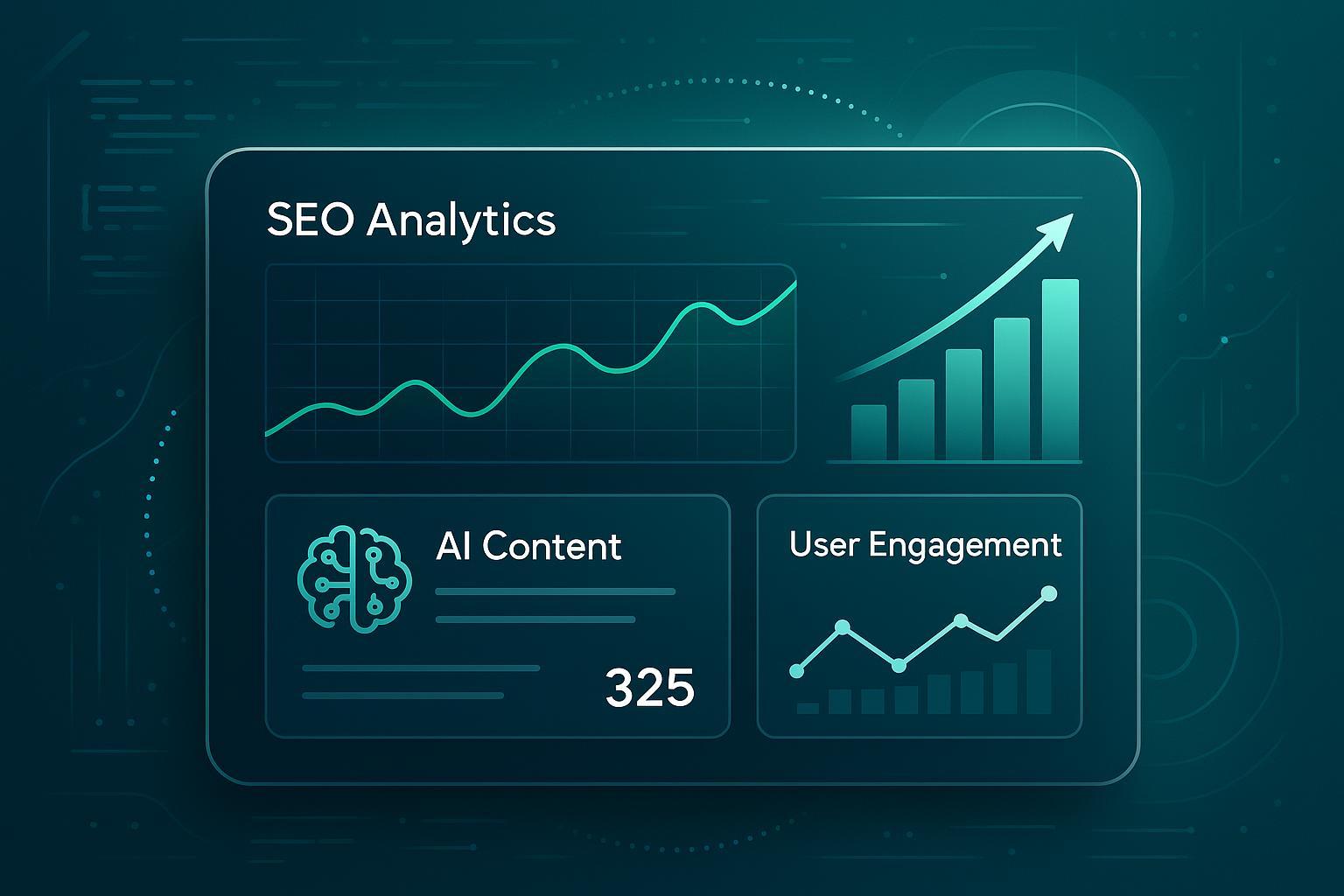Leveraging Dynamic Content for Enhanced SEO Performance: 2025 Best Practices

Introduction: Why Dynamic Content is the SEO Game-Changer in 2025
Are you struggling to scale your organic reach, keep content fresh, or adapt swiftly to changing search trends? Static websites are no longer enough in the age of real-time search and hyper-personalization. Leading brands are doubling their SEO ROI by deploying dynamic content strategies that adapt to audience intent, SERP changes, and new ranking factors—often with powerful automation and AI at the core. In this definitive guide, you'll discover 7 advanced best practices for leveraging dynamic content to drive search performance, boost engagement, and future-proof your SEO—all backed by real-world data, workflows, and expert resources.
1. Implement Automated Dynamic Content Generation and Updates
What & Why: Automated dynamic content allows you to consistently deliver new, relevant information at scale—something Google and users both love. Frequent updates signal freshness and authority, while automation slashes manual work.
How:
- Integrate workflow automation tools such as n8n to orchestrate keyword research, metadata optimization, and content updates across CMS, Google Sheets, and SEO APIs.
- Use triggers for scheduled content refreshes, schema updates, and automated internal linking.
- Connect workflows with real-time SERP data for adaptive optimization (Hypestudio Workflow Guide).
Impact:
- Case in point: A global e-commerce brand automated title/meta refresh and internal links, resulting in a 32% uplift in organic traffic and 85% reduction in manual SEO operations.
- Industry data: Sites using dynamic automation report up to 2x the ROI versus static-only counterparts (marketful.com).
2. Embrace Server-Side Rendering (SSR) or Pre-rendering for JavaScript-Heavy Pages
What & Why: Dynamic, JS-driven sites often face crawling/indexing issues that tank SEO. SSR or pre-rendering ensures your content is fully visible to search engines and loads fast for users.
How:
- Adopt frameworks like Next.js or Prerender.io for dynamic/interactive sites. These render HTML on the server or ahead of time, solving client-rendered SEO blind spots.
- Ensure unique URLs, static anchor elements, and canonical tags accompany dynamic content.
- Monitor rendering/output using tools like Google Search Console and Screaming Frog.
Impact:
- Brands implementing SSR/pre-rendering see dramatic improvements in crawling and indexation rates, eliminating invisible content issues, especially on large or rapidly changing sites (Macrometa Guide).
3. Optimize Dynamic URLs, Meta Tags, and Canonicalization
What & Why: Improper URLs and duplicate content from dynamic pages create SEO headaches like cannibalization and ranking loss. Clean structure and meta data ensure every page can rank independently.
How:
- Use descriptive, parameter-free URLs wherever possible (avoid ?id=123 style URLs).
- Dynamically generate unique meta titles, descriptions, and canonical tags per page-state.
- Submit dynamic sitemaps to Google Search Console, updating them in real time as content is added or changed.
Impact:
- Iowa Girl Eats, a food blog, implemented dynamic recipe schema and meta management, seeing organic traffic soar to 1.5M+ monthly visits and top rankings in carousels/snippets.
4. Automate Schema Markup and Structured Data for Rich Results
What & Why: Schema and structured data power SERP features like carousels, FAQs, and event listings—critical for dynamic sites. Manual markup doesn't scale; automate for full coverage and rapid updates.
How:
- Integrate automated schema generation in your CMS or workflow (e.g., via custom scripts or plugins/APIs).
- For each dynamic template, ensure relevant schemas (e.g., Article, Product, FAQ) populate contextually.
- Validate output with Google’s Rich Results Test and schema checkers.
Impact:
- Sites with automated, comprehensive schema see 20–80% CTR bumps in rich results (Macrometa, case studies), and win valuable position-zero slots.
5. Personalize Dynamic Content Based on User Intent and Context
What & Why: SEO isn’t just about bots—Google heavily weights engagement signals. Real-time content personalization (location, behavior, search context) drives up relevance, dwell time, and conversions.
How:
- Deploy platforms like Dynamic Yield or Optimizely to serve user-tailored content blocks, products, and CTA variations.
- Build in localization with
hreflangand dynamic translation for multilingual SEO. Apply behavioral triggers for real-time adaptation.
Impact:
- KrispCall used dynamic, location-segmented landing pages, yielding 82% of US organic traffic from these tailored pages.
6. Monitor, Audit, and Optimize Dynamic Content at Scale
What & Why: Dynamic sites introduce complexity. Only continuous, automated monitoring and audits can ensure crawlability, avoid technical pitfalls, and sustain results.
How:
- Set up scheduled site audits using Screaming Frog SEO Spider or enterprise tools for dynamic site crawling.
- Monitor Core Web Vitals, duplicate/blocked content, indexation status, and rich element coverage in dashboards (Google Search Console).
- Build alerting workflows for sudden crawl errors, speed drops, or structure issues.
Impact:
- Marketers automating audits via tools like n8n report up to 85% labor reductions and quick troubleshooting—translating to improved rankings and campaign agility.
7. Adopt Edge & Serverless SEO Techniques for Modern Delivery
What & Why: SEO is evolving with serverless and edge computing, enabling global, low-latency delivery and content updates without downtime. This supports massive scaling for dynamic strategies and global reach.
How:
- Use CDNs and edge platforms (e.g., Cloudflare Workers, AWS Lambda@Edge) to serve dynamic content with minimal lag worldwide.
- Implement serverless functions for on-the-fly content personalization, API-fueled updates, and real-time prerendering.
Impact:
- Modern edge delivery powers international/multilingual sites, lifts Core Web Vitals, and future-proofs SEO against new algorithm shifts (Google Search Central documentation).
Summary: Transform Your SEO Outcomes with Dynamic Content
By strategically adopting and automating dynamic content workflows, you unlock unrivaled SEO benefits: faster growth, more SERP features, higher engagement, and measurable business impact. Leading organizations leveraging these practices are doubling their ROI and outpacing competitors in every metric that matters.
Ready to transform your performance?
Implement these action steps today and witness both technical and traffic KPIs ascend.
- Dive deeper into advanced guides from Moz, Search Engine Land, and Google Search Central for technical mastery and ongoing innovation.
- Download our dynamic SEO checklist or subscribe for more deep-dive resources to future-proof your content strategy.
References:

